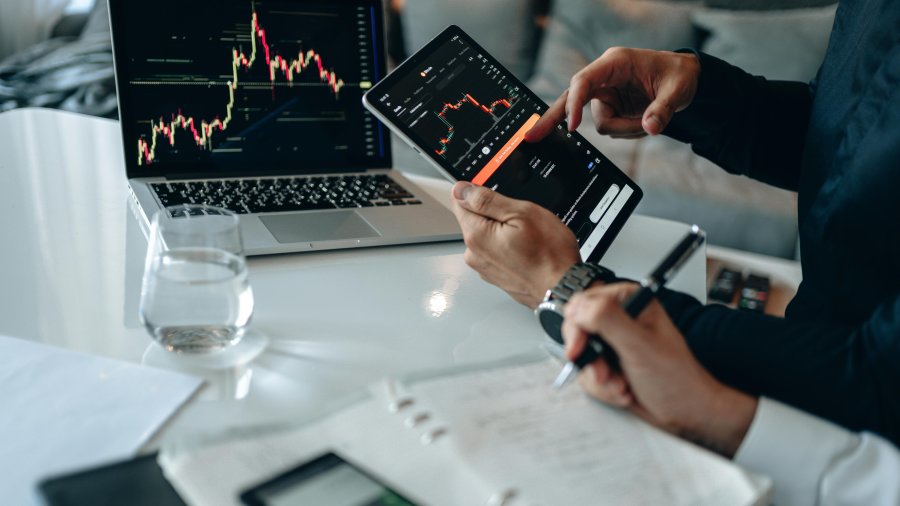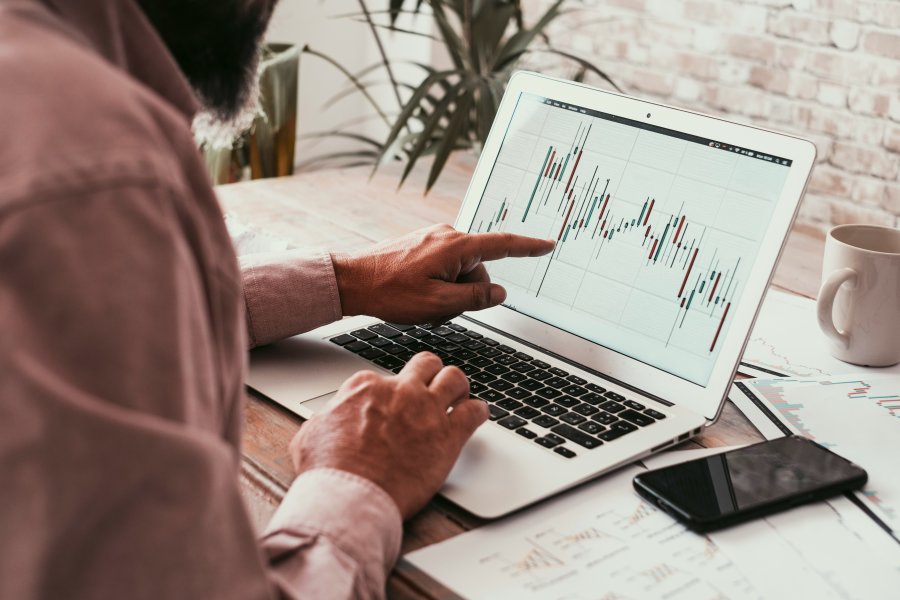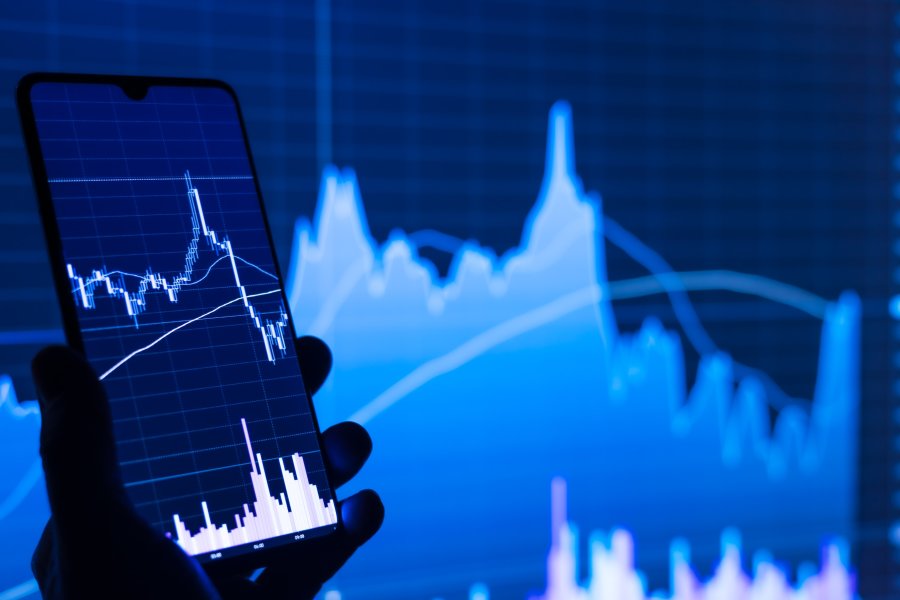Monthly Market News
06.08.20206 min
Share the article
Monthly Market News July 2020 – Market trends
The equity markets operated between hope and fear in July, resulting in a flat performance. The dollar weakened considerably, while the price of gold achieved a new historical record.
Equity market trends: between hope and fear
The equity markets rose in the last few weeks, but without much conviction, and the investor sentimentinvestor sentiment turned sour towards the end of the month. On the positive side, economic figures pointed at a relatively strong recovery of economic activity following the economic contraction linked to Covid-19, reports about progress in the development of a vaccine against the coronavirus, and the agreement on the long-term European budget and the corona recovery fund. But due to the lack of progress in the negotiations for a new round of federal coronavirus stimulus in the US, the increasing tensions between the US and China, and signs based on 'high-frequency' data of weaker momentum in the economic recovery caused by the flare-up of corona infections, the equity markets closed on a negative note.
Despite the good news from Europe, European equities did not outperform (in local currency). A less favorable earnings seasonearnings season and the more expensive euro were negative factors. Chinese equities reported a clear upward trend. In general, the emerging markets emerging markets had a positive performance and constituted the best performing region last month.
In the US, growth stocks - with technology in the lead - again registered a strong performance, despite a temporary weakness in the second half of the month when cyclical stockscyclical stocks outperformed. Due to the strong quarterly results of tech giants like Apple, Amazon, and Facebook, the technology sector's outperformance continued. The five heavyweight stocks (all technology or related) jointly represent over 20% of the market capitalization of the S&P500. Consequently, the price development of those five equities has a significant impact on the S&P500 index.
Bond market trends: limited volatility
The yields on German and US benchmark bonds saw limited fluctuation for the fourth consecutive month. On balance, rates dropped due to fears that the recovery of the economy would be flattening. The main reason here is the rise in corona figures. The central banks also continue their presence in the market with their purchase programs. US 10-year rates settled below 0.6% and German rates below -0.5%.
The agreement about the EU’s long-term budget and the corona recovery fund resulted in a further drop in the spreadsspreads of government bonds of the southern eurozone countries. The spreads are more or less at pre-corona levels, and the Italian rates dropped to 1%.
Spreads of corporate bonds dropped again in the eurozone, both for the investment-gradeinvestment-grade and the high-yieldhigh-yield segment. The ECB continues to be active in the market with its purchase programs, both the already longer running Corporate Sector Purchase Programme (CSPP) and the Pandemic Emergency Purchase Programme (PEPP), launched following the corona crisis.
Central banks: prudent outlook
After the deluge of monetary support measures announced in the last few months, the central banks kept a low profile in July. The Federal Reserve issued a prudent comment on the economic outlook following its meeting at the end of July. Despite the improvement of the last few months, the activity level remains significantly below that of pre-corona times and will continue to depend on the pandemic's development. This keeps the door open to even more accommodating monetary politicsaccommodating monetary politics in the months ahead.
The European Central Bank also stated that the risks for the economy are pointing downwards. The ECB seems to be satisfied with the result in the markets of the measures taken so far. Unless unforeseen circumstances arise, the current measures could suffice for several months. However, economists agree on the expectation that a further extension and renewal of the PEPP purchase program of bonds will take place before the year-end.
The Chinese central bank did not take any actions in the past month either, and because of the favorable economic developments, there is no expectation that this will happen soon.
Currencies: the dollar is weakening considerably
The dollar weakened substantially against the euro (-4.9%) in July, attributed to the euro's strength, but predominantly to the weakness of the dollar itself. This evolution becomes apparent from the dollar's development against a basket of currencies of the main trading partners. The weak dollar reflected the continuing economic uncertainty due to the growing number of corona infections and the expectation that the rates will remain low in years to come. Due to the euro’s strength after reaching an agreement about the long-term budget and the corona recovery fund, the safe-haven currencies such as the Swiss franc and Japanese yen weakened against the European currency. The Scandinavian currencies (SEK and NOK) were able to keep up with the euro‘s strength, and even exceeded it. The pound sterling remained relatively stable despite reports of little progress regarding the Brexit negotiations.
Most of the currencies of emerging market countries performed fairly strong in July against the weaker dollar. This development benefited predominantly the currencies that earlier registered the most significant drops (Brazilian real, South-African rand, etc.).
Commodities: gold at a record level
The price of gold reached a new record high exceeding 1,950 dollars per ounce. The previous record dated from 2011. The growing number of corona infections generates continuing economic uncertainty and confirms the expectation that very accommodative monetary policies (low rates and rising size of balance sheets of central banks) will continue for quite a few years. These factors make the gold price rise even further. The weakness of the dollar also contributes to the increase of the precious metal.
The recovery of the Brent oil price continued in particular at the start of the last month but stagnated somewhat. The imminent reversal of OPEC + production limitations and the rise in corona infections globally put the breaks on price recovery. The US, Brazil, and India jointly account for a quarter of the global oil consumption but are also the countries where the coronavirus is still raging. This gives rise to worries that a normalization of the oil demand may take a while.
The Chinese GDP for the second quarter already topped its pre-corona level of the fourth quarter of 2019. The demand for commodities by the main consumer has mostly recovered. Prices of industrial metals continued their rise in July, and most of them registered (in USD) the level of the beginning of this year or even higher, such as copper.
Share the article
Related articles
12 rue Eugène Ruppert
L-2453 Luxembourg
+352 45 35 451
L-2453 Luxembourg
All rights reserved 2024, Degroof Petercam





